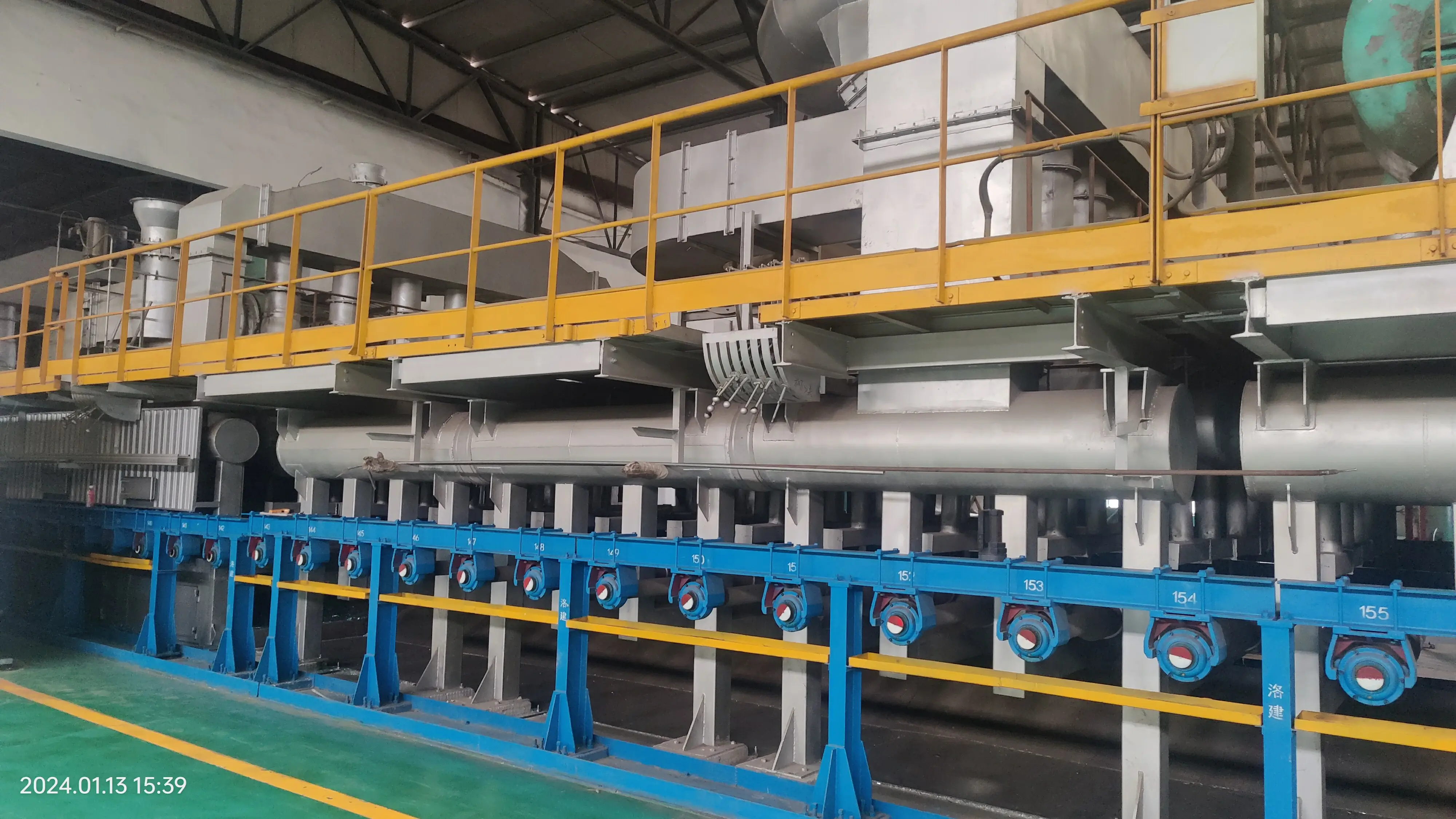

The Allure of Coloured Float Glass A Fusion of Art and Functionality
In the realm of modern architecture and design, few materials can boast the versatility and aesthetic appeal of coloured float glass. This remarkable product not only enhances the visual ambiance of spaces but also provides practical benefits that make it a popular choice among architects, designers, and homeowners alike.
Coloured float glass is produced through a process known as float glass manufacturing, where molten glass is poured onto a bed of molten tin. This allows for an even, flat sheet of glass with excellent optical clarity. The introduction of colour occurs when pigments are added during the melting process, resulting in a vibrant material that can be tailored to meet specific design requirements. The result is a beautiful array of colours, from deep blues to soft pastels, that can be used to create stunning visual effects in a variety of applications.
One of the primary advantages of coloured float glass is its ability to transform light. When sunlight passes through these tinted panes, it creates a dynamic play of colours and shadows, breathing life into any space. This is particularly effective in buildings with large windows or glass facades, where the interplay of light and colour can evoke emotions and significantly enhance the mood of the interior environment. Many designers choose coloured float glass for their projects because it allows for the creation of unique atmospheres that can cater to different themes and concepts.

Moreover, coloured float glass offers practical benefits. Its durable nature makes it suitable for both residential and commercial applications. Unlike traditional glass that can often be fragile and prone to breakage, float glass can be engineered to withstand harsh environmental factors, making it a more reliable choice for exterior applications. Additionally, coloured float glass can contribute to energy efficiency. Tinted glass can help regulate indoor temperatures by filtering out excessive sunlight and reducing glare, leading to lower energy costs for heating and cooling.
Beyond functionality, the aesthetic appeal of coloured float glass is undeniable. In art and design, it has been used to create stunning installations and decorative elements. Artists and craftsmen utilize this medium to produce intricate designs, artwork, and even furniture pieces that push the boundaries of creativity. The transparency and depth of coloured float glass add a layer of complexity, allowing for the exploration of light and perception.
Sustainability is another critical aspect gaining attention in the glass industry. Modern manufacturing processes have evolved to be more eco-friendly, with many companies implementing recycling programs for glass. As a result, coloured float glass not only serves as an artistic statement but also aligns with environmentally conscious practices.
In conclusion, coloured float glass is much more than just a building material; it is a harmonious blend of art, technology, and practicality. Its ability to manipulate light, enhance aesthetics, and provide functionality has made it a staple in contemporary design. As innovations in glass production continue to evolve, the potential for coloured float glass remains limitless, captivating imaginations and transforming spaces in ways previously thought impossible.